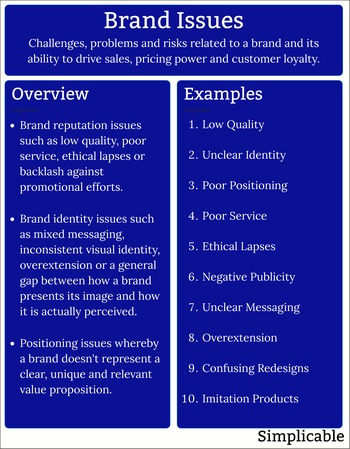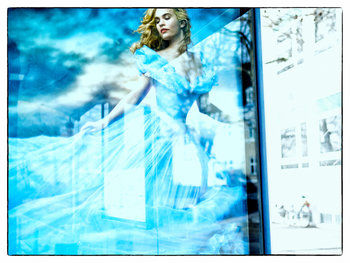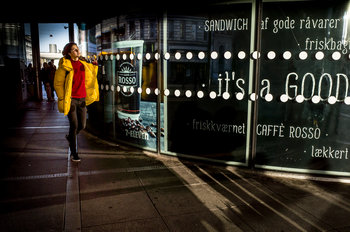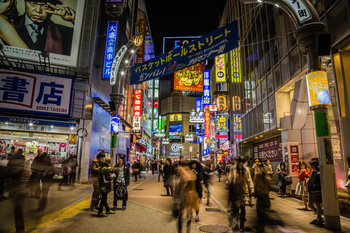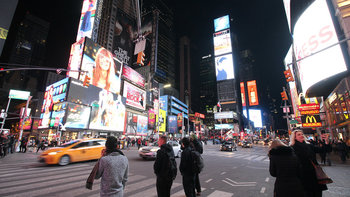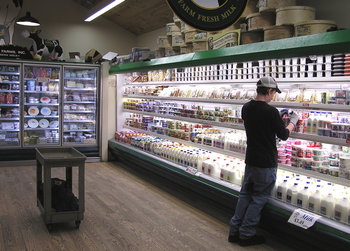Reputation
In the long term, your brand image and reputation will reflect your values and behavior as a firm. Any gap between how you want to be perceived and how you actually behave as a company is a risk.Recognition
Brand recognition is the ability of target customers to recognize your brand from its visual symbols such as corporate colors, logo and products. This can decline due to competition or a redesign. For example, a competitor may adopt similar colors and product designs that cause recognition to decline.Awareness
Brand awareness is the ability of your target customers to associate your brand with a product or service type. For example, the brands of bicycle tire that bicycling enthusiasts can name. This can decline due to competition or ineffective advertising and promotion.Positioning
Brand positioning is the unique value and image of your brand in the minds of customers. For example, a particular brand of tea might position itself as the affordable organic tea. Competition can cause a position to erode as other firms take a similar position.Legacy
Brand legacy is the history of your brand. This can be positive such as a luxury brand with hundreds of years of history. It can also be negative, such as a technology company whose brand is associated with out-of-date technology.Loyalty
Loss of loyal customers due to factors such as customer experience. One bad experience can turn a customer away. Loyal customers can also be lost due to natural attrition as their needs and preferences change.Customer Perceptions
Brand perception issues such as a luxury good that suffers from the snob effect after excessive discounting.| Overview: Brand Risk | ||
Type | ||
Definition | The potential for a valuable brand to lose value or a new brand to fail in the market. | |
Related Concepts | ||


